In Thach That district, Hanoi city, there are currently 2,135 food production, processing and trading establishments, of which the agricultural sector manages 505 establishments.
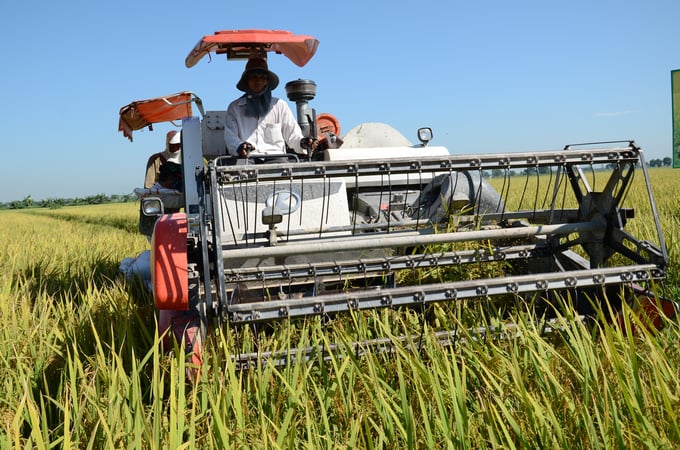
Harvesting rice in the suburbs of Hanoi . Photo: NNVN.
The view of Thach That district is to ensure food safety not only at the top, i.e. processing and trading, but also at the root of production. Therefore, the application of VietGAP, organic and organic orientation has become an inevitable trend to meet the needs of consumers and to be in line with the development trend of Hanoi's green, safe and environmentally friendly agriculture. The story of organic rice production associated with product consumption in Dai Dong commune is an example.
The previous rice cultivation practice of farmers in Dai Dong in particular and many other rural areas in general was to use a lot of chemical fertilizers and chemical pesticides, causing soil to become infertile, agricultural products to be unsafe, and the environment to be destroyed. To change this, Thach That district has implemented the model of "Organic rice production associated with product consumption" in Dai Dong commune on a scale of 30 hectares with 192 participating households. The purpose is to create safe rice products, contributing to improving community health; creating a chain linking production and consumption, increasing farmers' income; being a place for sightseeing and learning, as a premise for expanding the model, gradually creating an organic, safe and quality agricultural production area.
The model is basically implemented according to the correct technical process, sowing and planting within the time frame as directed by the Hanoi Department of Agriculture and Rural Development and fertilized with organic microbial fertilizers. In fact, organic rice production does not reduce productivity but is higher than the conventional method by 0.56 quintals/ha, reaching 64.32 quintals/ha and economic efficiency is 13 million VND/ha higher. Organic rice production also contributes to improving the physical and chemical properties of the soil, reducing the residue of toxic substances in the soil as well as in rice products.
Mr. Nguyen Bui Hai - Director of the District Agricultural Service Center said that Thach That is planned as a green belt of Hanoi city with 4,000 hectares of rice, 1,000 hectares of vegetables, has a lot of potential in developing safe agriculture, can shift to the direction of eco-tourism in communes such as Dai Dong, Di Nau and some mountainous communes. Production according to the chain from input supply to output in the area also had some models signed with businesses in the past, but currently it is mainly still consumed by traders because the scale is still small and the retail price is still higher than the contract price, so it cannot be maintained.
As for organic production, standard organic production is expensive, incurs many costs but the selling price is not much different from conventional production, so it is difficult to expand and attract many farmers to follow. The same is true for organic rice in Dai Dong.
The lesson learned is that the entire political system from the city to the grassroots level, and the participation of agricultural enterprises, is needed. The gradual transition from inorganic production to organic production requires a process. Therefore, it cannot be done immediately in a short time, so the perseverance and support of farmers are key factors.
The results of the model will promote the formation of organic rice production areas on a larger scale in the future. Linking with businesses to help consume post-harvest products will help farmers feel secure in long-term production. Thach That recommends that the Hanoi Department of Agriculture and Rural Development and its affiliated units continue to support the implementation of organic rice production models in the district in the following years.
Source: https://nongsanviet.nongnghiep.vn/cau-chuyen-lua-huu-co-va-nong-nghiep-xanh-o-dai-dong-d400934.html


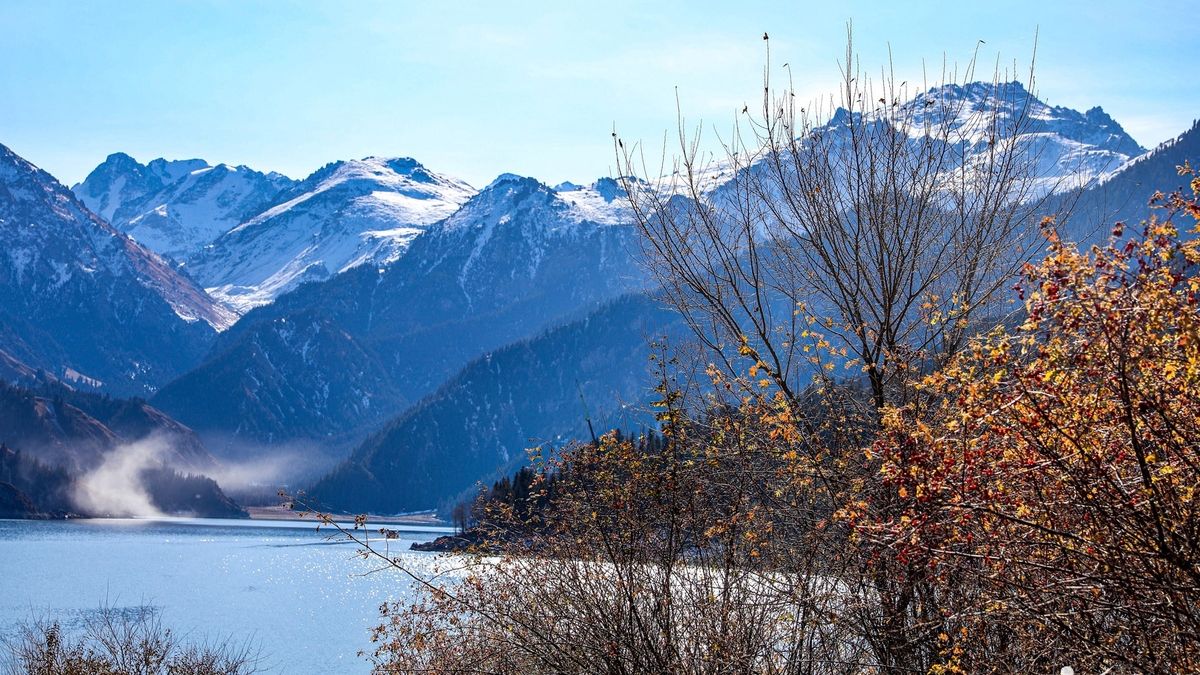


![[Photo] Cutting hills to make way for people to travel on route 14E that suffered landslides](https://vphoto.vietnam.vn/thumb/1200x675/vietnam/resource/IMAGE/2025/11/08/1762599969318_ndo_br_thiet-ke-chua-co-ten-2025-11-08t154639923-png.webp)


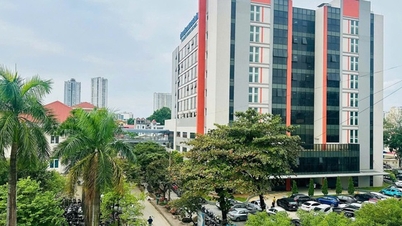





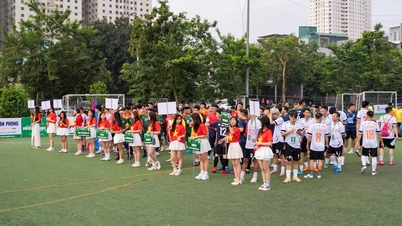





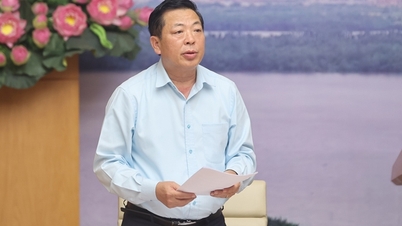

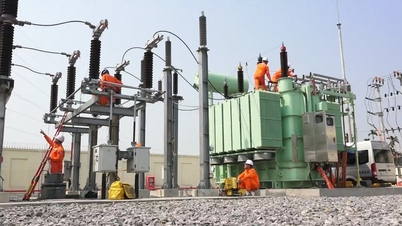

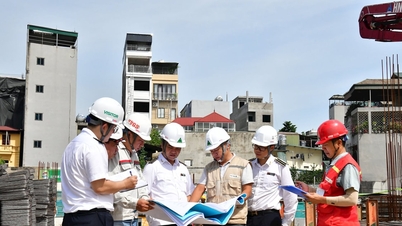




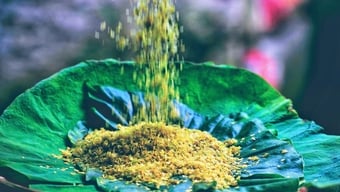

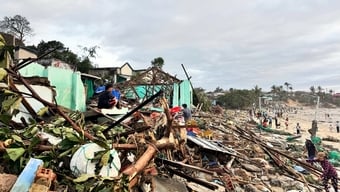
![Dong Nai OCOP transition: [Part 1] 'Upgrading' typical products](https://vphoto.vietnam.vn/thumb/402x226/vietnam/resource/IMAGE/2025/11/08/1762603566146_2152-san-pham-ca-cao-cua-to-hop-tac-ca-cao-thong-nhatjpg-nongnghiep-152146.jpeg)




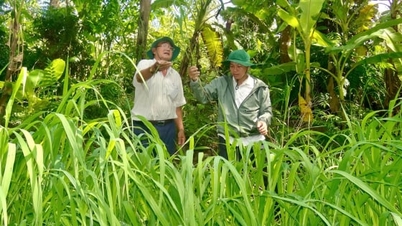




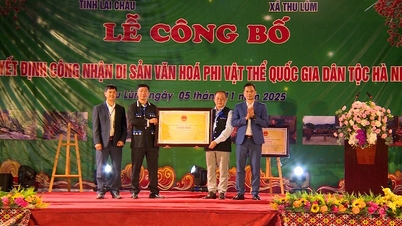


![[Video] Hue Monuments reopen to welcome visitors](https://vphoto.vietnam.vn/thumb/402x226/vietnam/resource/IMAGE/2025/11/05/1762301089171_dung01-05-43-09still013-jpg.webp)



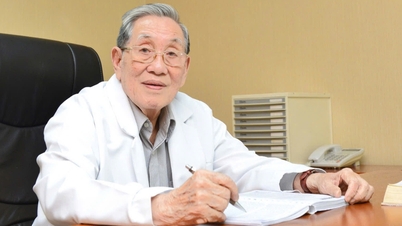
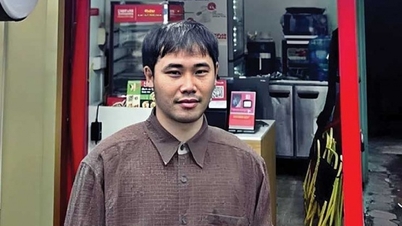








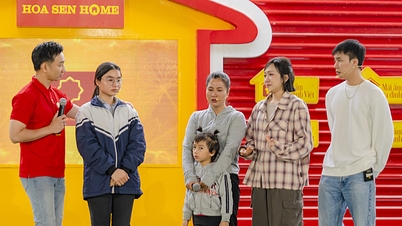






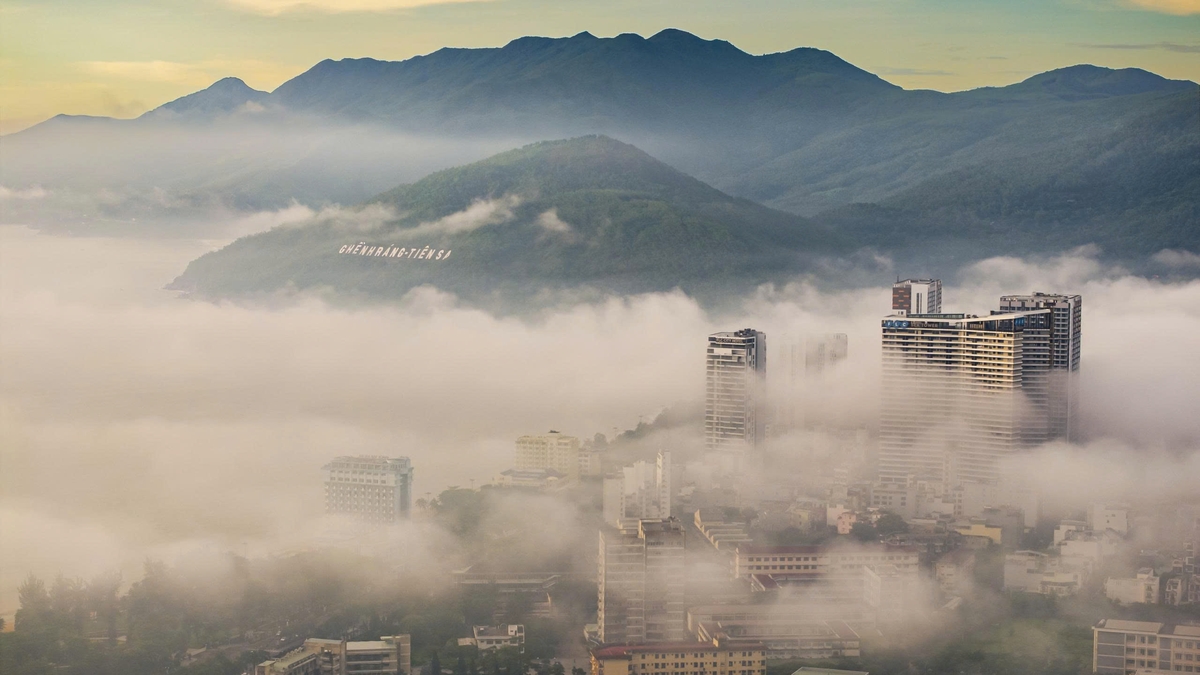









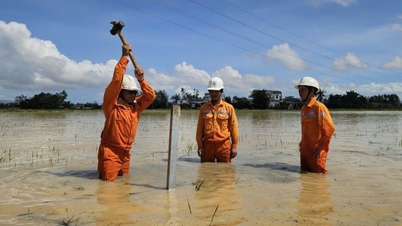







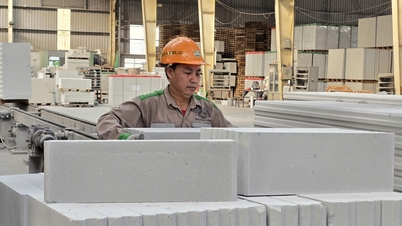
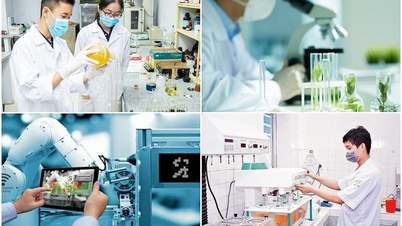




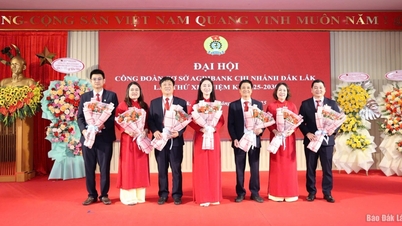

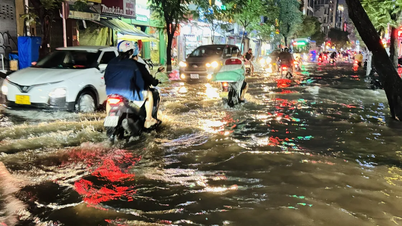
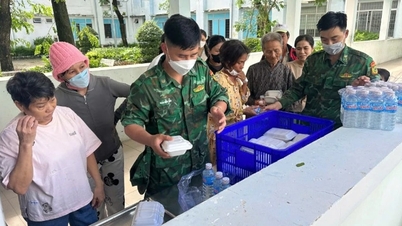

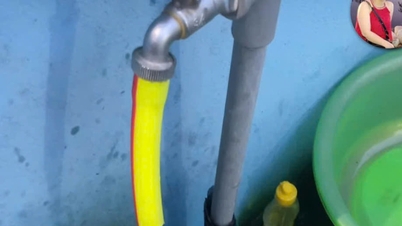
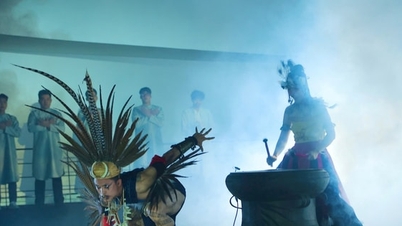

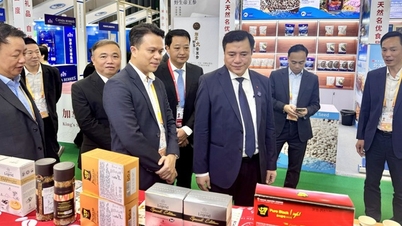
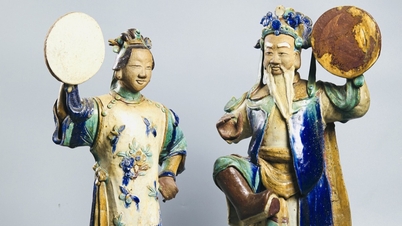



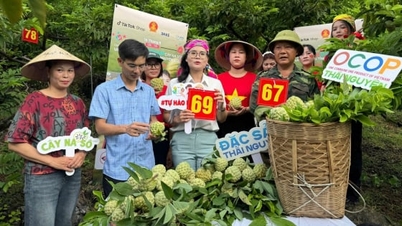


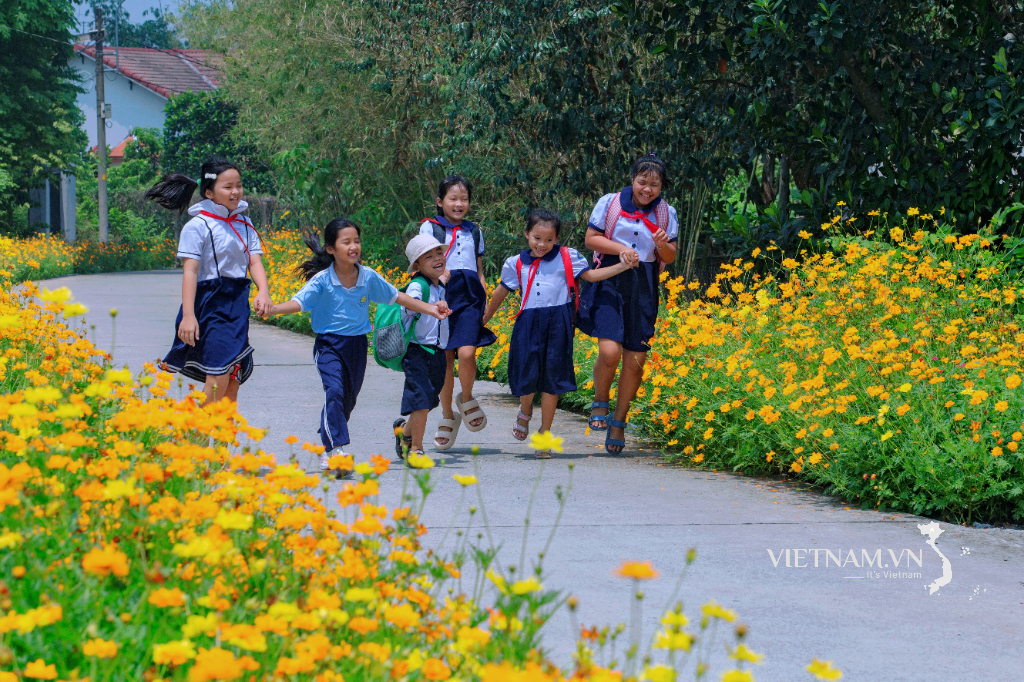


Comment (0)